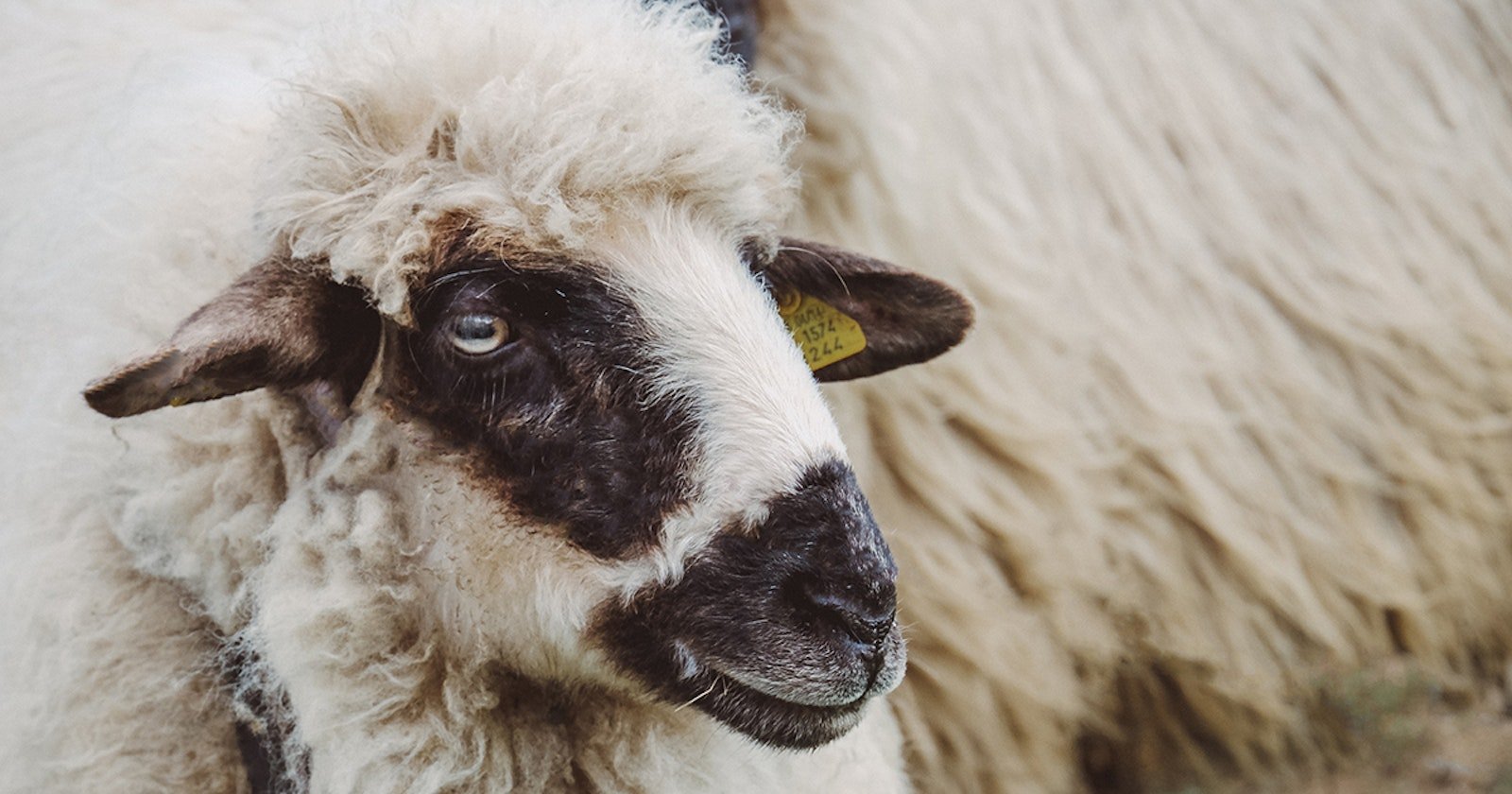Recently, I’ve been reading a lot of novels set in the Regency Era, and they are chock-full of delightful phrases and words we no longer use. Particular favorites of mine are bluestocking, blackguard, and woolgatherer. Naturally, as soon as I came across the latter term, I had to not only look up the definition but also see whether I could find out how this term came to be.
If you’re not familiar with the term, a woolgatherer is someone daydreaming. You also see the word woolgathering, which describes the distracted action of the woolgatherer. The origin of this word is a bit tricky to nail down, as etymologist Anatoly Liberman points out in his blog on the matter.
In its literal sense, woolgathering is something people did and still do. In the Regency Era and earlier, folks would gather bits of wool from branches, thorns, fences, and anywhere else that bits of wool might get caught as sheep passed. According to our resident expert and editor of Spin-Off, Kate Larson, some fiber animals have a tendency to rub during the spring when they’re shedding, apparently an itchy business. Anyone who has ever had a cat or dog that is prone to shedding knows that when the timing is just right, you can literally comb (affiliate link) or pull out handfuls of fur during shedding season—and the same thing can happen with sheep. In fact, Kate also mentioned that in the Shetland Isles, there’s even a name for it: “Rooing” is the act of removing, by hand, wool from sheep.
A shedding sheep that could probably use some rooing. Photo by Guillaume Lorain on Unsplash.
Now, if you raised sheep and your livelihood depended on how much wool you could harvest, it would be important to get every last bit of it that you could. So, folks would hunt down these stray bits of shed wool and gather them—and there we have our phrase, and a bit of confusion. Woolgathering was important—it was neither mindless (it did, after all, involve thorns) nor worthless. Why, then, is absentminded daydreaming called woolgathering? What is the connection between the two?
According to Liberman, the real reasoning behind the term is lost to time, but I’d hazard a guess that it all comes down to perception: If you don’t understand the importance of woolgathering or the concentration it takes to search out bits of wool and wrestle them from branches and the like, it can look a bit like mindless wandering. Similarly, if you have money and come from money, the idea of searching for little bits of wool seems a bit like searching for pennies in a parking lot.
Of course, that’s just me speculating. We don’t know for sure, and we’ll probably never know—but that doesn’t mean I can’t indulge in some woolgathering of my own as I muse on the matter.
Happy Weaving (and Woolgathering)!
Christina
Featured Image: Photo by Ciprian Boiciuc on Unsplash


